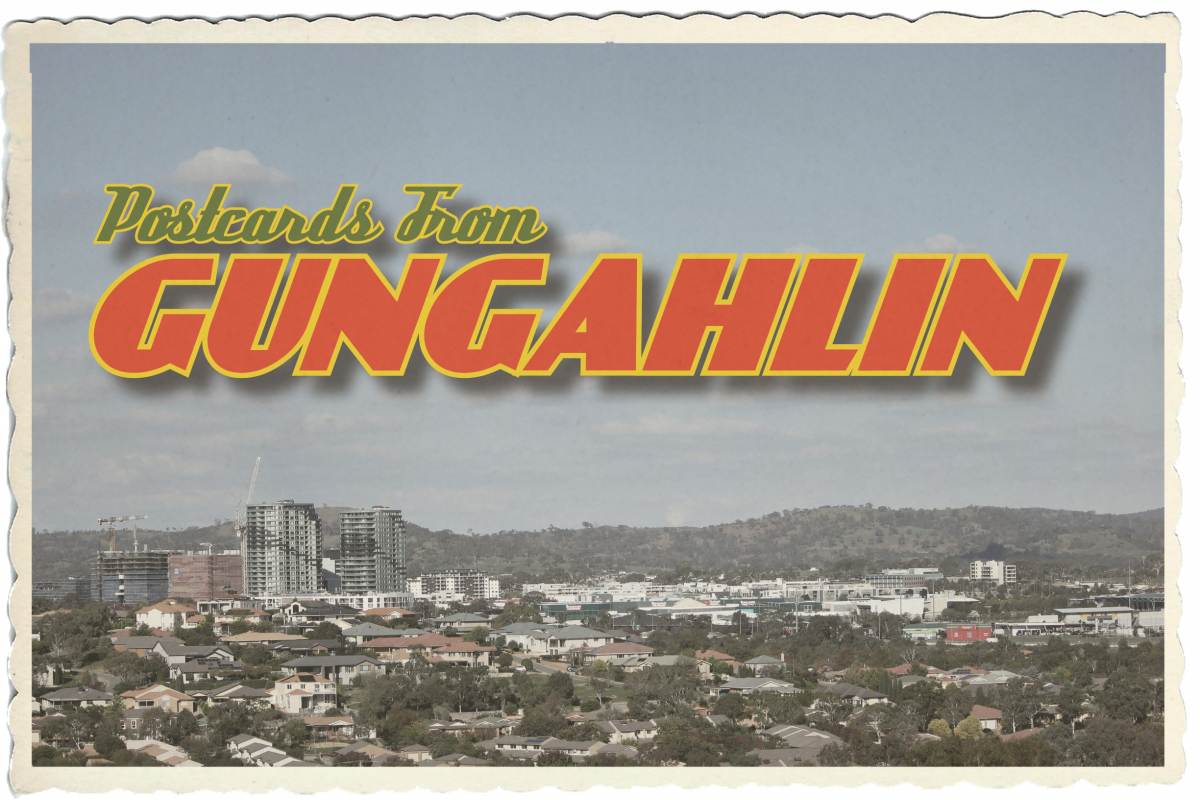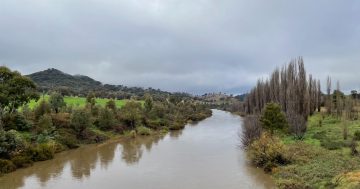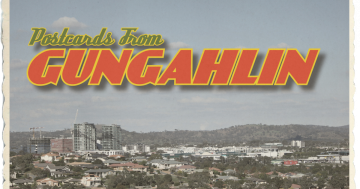
Greetings from Gungahlin – part of an online exhibition organised by Gungahlin Arts in 2020, inviting locals to celebrate where they lived. Photo: Supplied.
Back in May 1973, a group of 34 young people were asked what sort of place they wanted Canberra’s fourth town to be.
The town was going to be Gungahlin, the person asking was the then NCDC (National Capital Development Commission) and the young people, aged 16 to 25, were sent down to Guthega to talk it out, a place they called “remote but pleasant”.
Post-talkfest, they presented a report, entitled Welcome to: Gungahlin or, How Would You Design a City for the Future? (Also monikered, How to Build a Utopia – or not bomb out by much).
It’s a faded, typewritten document that I like to think fell off the back of a truck almost a lifetime ago, but it didn’t – my editor gave it to me.
The NCDC called the process a “think-in”. We reckon the young people called it something quite different – and their conclusions made for some interesting reading, considering what they wanted going into the future – in 1973.
So what did young people, 50 years ago, want to see in Canberra’s fourth town?
- Sex. Now we have your attention … “Teenagers, with their earlier sexual awareness, often coupled with a high degree of alienation from a ‘square’ society, demand careful attention,” the report said. “Canberra does not seem to have been designed to cater for this age group.”
- Old people. “There was general disillusionment with the present system of slotting the elderly into homes remote from society where they seem simply to decay. There was a strong feeling that the elderly could be very important in providing balance for the extended ‘family’.”
- Work. “It is inevitable that there will be both a reduction in hours of work and changes in the pattern of work (eg, staggered and flexible working hours).
- Being neighbourly. “No amount of town planning will ensure a community spirit. This spirit can only be encouraged by providing maximum opportunity for participation and involving people in the decision-making process early in Gungahlin’s development.”
- At play. “The Government should offer an appropriate amount of money, perhaps $1000, to a neighbourhood for the purpose of building children’s play equipment rather than carrying out the project itself.”
- Help is at hand. “Provision of a community development officer … a resource for new residents and later, a catalyst to help people organise themselves.”
They also called for a town council, when the population reached 100,000; a move away from low density housing – “it spreads people apart”; and that the town centre should be given over entirely to pedestrians.

Modern Gungahlin today, showing The Establishment building, one of the many high-rises that dot the landscape. Photo: Geocon.
Some of the strongest words surfaced when it came to home ownership. The present system, in 1973, of acquiring a house and land in Canberra “allows people to be exploited”. “What should be regarded as a necessity is an elitist privilege!
“Prices must be fixed at reasonable levels so that people are not burdened with repayment of housing loans for most of their lives, or worse, never own the home they need.”
In perhaps the most accurate form of predicting the future in what is already a spookily spot-on preview, the report slammed – the car. It called for no parking at all in the town centre so people would have to take public transport – and that form of transport should be “electric, perhaps trolley buses or trams”.
If you were a member of this group, the NCDC Youth Seminar on Gungahlin, held at Guthega in the Snowy Mountains, from 21 May to 25 May 1973, you should be standing as tall as Gungahlin is today – for your foresight. Drop us a line at [email protected] and let us know how you think things turned out.
Original Article published by Sally Hopman on Riotact.








